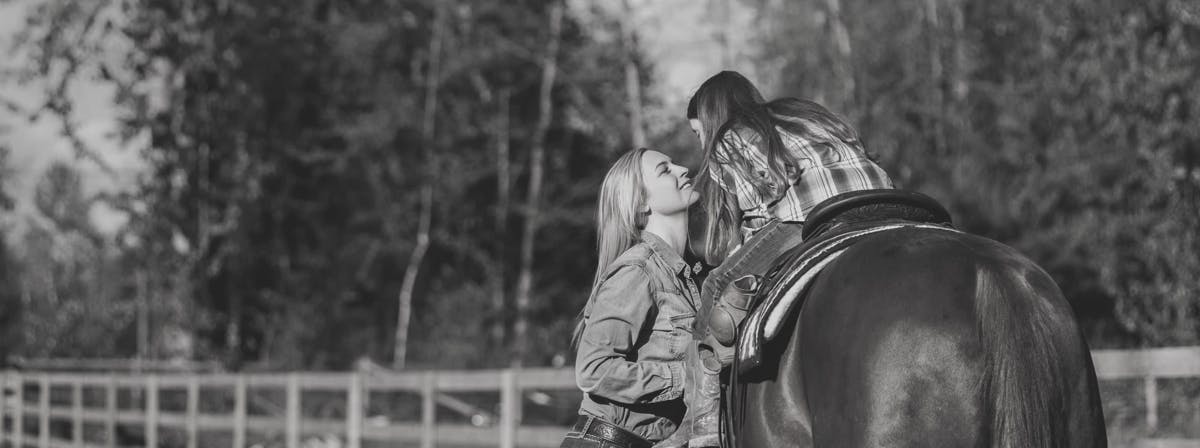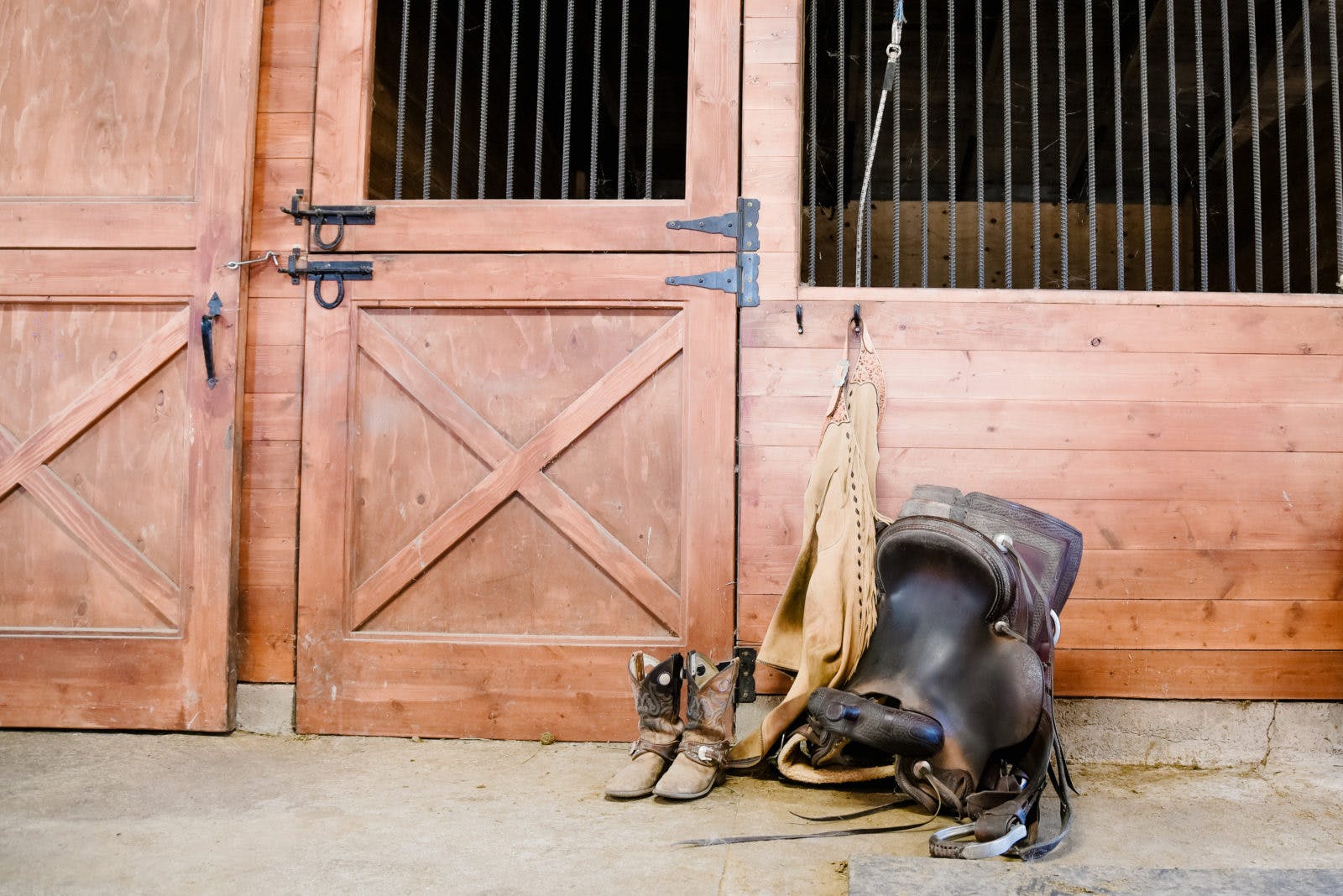Owning a horse can be one of the best experiences one could think of, while also opening your world to a wide range of new activities. Riding can be something that not only helps your horse get exercise, but can be an exciting activity for the rider as well.
There are so many new things to explore and places to see, and it’s a great way to get outside to enjoy some fresh air.
In order to keep your experiences going, you need to have proper saddle care techniques. This is something that might be a little easy to overlook. After a long day of riding, it might be tough to sit down and devote some time to the saddle, but it is necessary to keep the saddle in great condition for many years to come. You’ll also want to put in the extra effort to maintain your expensive investment! Depending on how frequently you use your saddle, you may need to clean, oil, or inspect it more often than typically recommended. Today, we are going to go over some of the best ways to do this, without spending too much time, or money.
Expert Tips: A Easy, 3-Step Process For Saddle Care
1) Cleaning Will Do Wonders!

One of the best things you can do for your saddle is to keep up with cleaning it! This can be done whenever it is necessary, so just keep an eye out for when it starts to look dirty. However, it’s much better to clean your saddle regularly than to pay the heavier costs to restore it down the line. At least four times per year is recommended with normal use to keep it in its best condition. (Note: Overdoing it can also damage the leather, so clean your saddle in moderation).
Before going in with a liquid cleaner, try dusting off the saddle with a brush. Using a large bristle brush, prior to using a saddle soap, will remove a lot of the loose dirt. This also makes it easier to unclog the leather’s pores when cleaning. After brushing it down, cleaning can be done with a leather cleaner, damp cloth, or even a bit of dish soap on extremely dirty areas. Just keep in mind that it is natural leather while cleaning, and try working in circular motions with your cloth. There are also multiple saddle soaps available to purchase that can really make a difference. In addition, some experts swear by a saddle soap bar instead of liquid soap.
Next, make sure to lift up all flaps and get underneath the saddle as well. Pay special attention to clean every area. Unhooking all buckles can help you make sure nothing is being looked over. Finally, If you have some extra time, shine up any metal areas with a polish to really give your saddle the works!
2) Keep it Oiled!

It is a good idea to keep anything that is made of leather oiled, especially your saddle. After cleaning, you need to make sure that the leather is hydrated for storing. This process ensures greater flexibility and increased resistance to harsh weather conditions, wear, and damage. Oiling should be done less often, however, or the saddle can become overly-soft.There are many different types of leather conditioners in the market, but some all-natural oils are available as well. Neatsfoot is often a recommended oil for saddles, but if that is too hard to find, regular olive oil from your kitchen will work wonders. As long as the leather is hydrated, you are good to go! If there is left over oil on the saddle that does not soak in, just use some saddle soap, or a dry cloth, and just give it a good wipe down.
3) Inspecting Often Saves Time!

Checking your saddle for issues will save you time on the trail. Before using it, check all the straps, wool, stirrup leathers, and buckles. Just make sure nothing is broken and that everything is working properly. You want to give both you, and your horse, the best riding experience possible. This makes sure that the ride is comfortable for both parties and that nothing is going to irritate your horse on the ride. Checking the wool can ensure that there is nothing that could irritate the horse on their back while riding. Inspections can be done after each cleaning, oiling, or ride to make sure that you are ready to go for next time!
4) Don’t Be Careless

Finally, proper use and practices go a long way in caring for your saddle. Saddles are often damaged for issues that could have easily been prevented. For instance, be mindful of the material of your clothing while riding. Jeans, for example, are made of a coarser fabric and have metal embellishments that scratch the saddle. Another best practice is to dismount carefully. Not doing so can cause scrapes in the saddle as you come down. Third, be sure to store your saddle properly when it’s not in use. It may be tempting after a long ride to put your saddle away in any position, but take the time to do so correctly. Lastly, when in doubt about recommended products, usage, cleaning, or maintenance, it’s a good idea to get in touch with the saddle manufacturer. They can provide tailored advice and answer questions as they specifically relate to your type of saddle!
As summer slowly comes to an end, fall approaches and brings with it cooler weather and stunning tree colors. It is a perfect time of year to hit the trail and try out some new places. Keeping your saddle clean and getting it ready for riding is something great to get a head start on. There are many different trails and camps all over the country that are perfect places to try out. Try going somewhere new this year! You won’t regret that quality time you get out in nature.
Best of luck on your riding adventures!
Thinking of buying or selling real estate in the Fraser Valley? Let’s talk!



